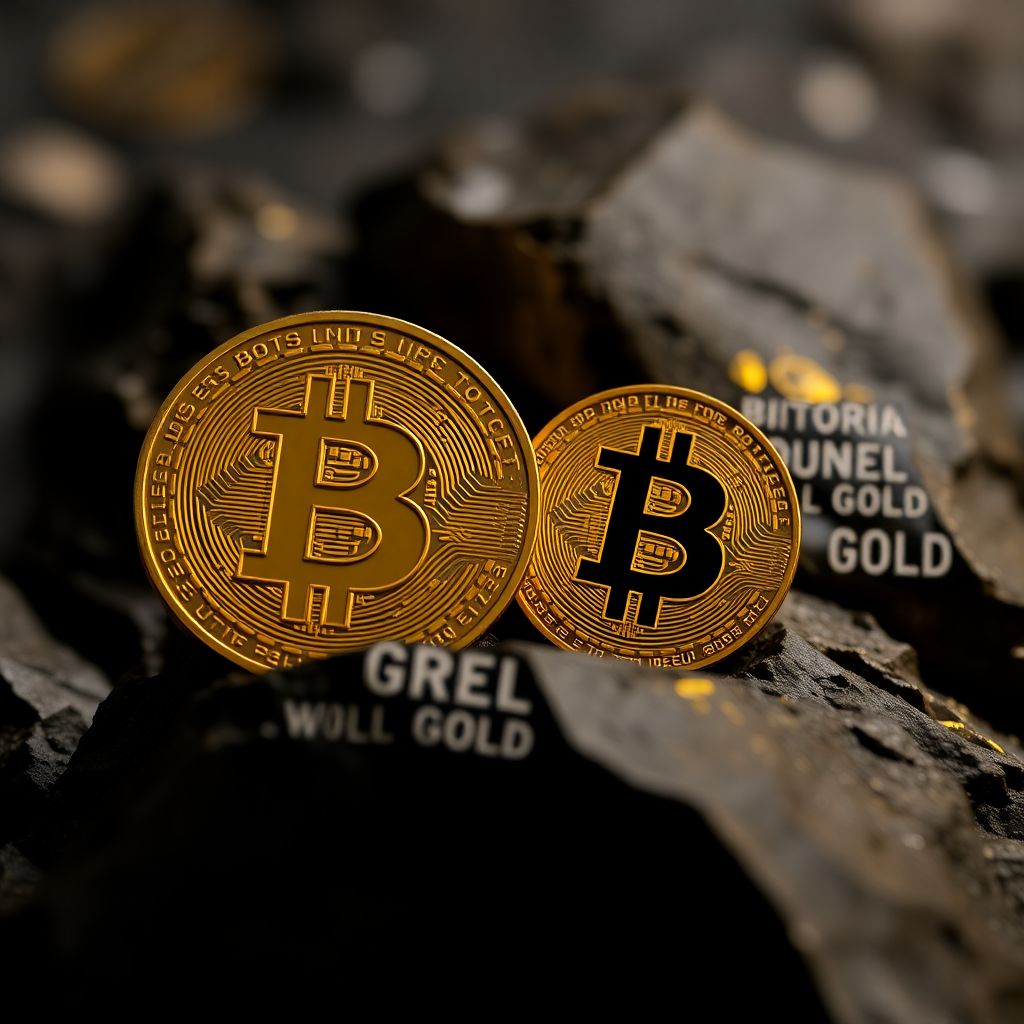Bitcoin and gold are often viewed as rivals in the evolving landscape of global finance. However, framing them as competitors misses a deeper truth: both represent different stages in a broader transformation of monetary systems. Rather than opposing forces, Bitcoin and gold can be seen as complementary tools in the ongoing revolution of how value is stored and transmitted.
Historically, gold has served as the bedrock of financial resilience. For centuries, it has anchored economies and safeguarded wealth during times of uncertainty. Its physical scarcity, universal acceptance, and immunity to central bank manipulation make it a trusted store of value. Even today, gold’s importance is far from diminishing. Central banks around the world continue to expand their reserves, reflecting a sustained belief in its long-term stability. In fact, by the third quarter of 2025, many central banks had significantly increased their gold holdings, signaling confidence in its enduring role.
On the other hand, Bitcoin represents a digital evolution of monetary assets. Emerging just over a decade ago, it has rapidly grown into a multi-trillion-dollar asset class. Its decentralized nature, limited supply, and programmable infrastructure offer access to a new kind of financial autonomy. The recent surge in institutional interest—reflected in record-breaking ETF inflows—demonstrates that Bitcoin is no longer a fringe asset but a mainstream financial instrument.
What many miss in debates comparing Bitcoin and gold is that each asset serves a distinct function within a diversified financial strategy. Bitcoin is designed for a world that values speed, transparency, and borderless exchange. Its permissionless infrastructure allows for global settlements without reliance on intermediaries. Gold, in contrast, offers time-tested durability across economic cycles, serving as a hedge against inflation, currency devaluation, and geopolitical instability.
Importantly, the convergence of traditional and digital finance is blurring the lines between these two assets. Tokenized versions of gold, like XAUT and PAXG, have already surpassed $2.5 billion in market capitalization. These digital forms of gold provide easier access, faster transfers, and fractional ownership opportunities, all while maintaining the asset’s core value proposition. Though custodians still play a role, the technology reduces the number of intermediaries, improving efficiency for users.
A balanced approach to wealth preservation no longer requires choosing between Bitcoin and gold. Instead, each can play a distinct role. Bitcoin offers exposure to high-growth potential and digital scarcity, while gold provides reliability and historical resilience. Together, they form a hedge against both systemic risk and monetary debasement.
Analysts have also noted a fascinating correlation pattern between the two assets. While they often move in similar macro directions, Bitcoin tends to trail behind gold in timing. Over the past two years, the average lag between gold initiating a rally and Bitcoin following suit has ranged from 77 to 98 days. At the time of the latest data, gold had been on a nine-week upward trend and appeared to be peaking—77 days into its rally. If historical patterns hold, Bitcoin could soon begin a similar ascent.
Efforts are also underway to bridge the gap between traditional and digital assets more directly. Platforms are developing infrastructure to link physical gold reserves to Ethereum-based systems, enabling more people to access gold-related rewards through decentralized networks. This blend of legacy and innovation creates a more inclusive and versatile financial ecosystem.
From a macroeconomic standpoint, both assets respond to similar triggers: inflation fears, currency instability, and loss of trust in central banks. However, their behavior under stress diverges. Bitcoin’s high volatility means it can experience sharper drawdowns, but also offers outsized returns during bull cycles. Gold is more stable, acting as a safe haven during crises. When used together, they can smooth out overall portfolio volatility while maximizing upside potential.
The rise of Bitcoin has not diminished gold’s relevance—it has recontextualized it. Gold remains the foundation, while Bitcoin introduces new layers of programmability, accessibility, and decentralization. This dual-asset paradigm allows investors to approach wealth preservation with a 21st-century mindset, combining the wisdom of tradition with the power of innovation.
Moreover, regulatory acceptance of Bitcoin is growing. Countries and institutions are beginning to draft frameworks that legitimize its use, which could further close the gap between it and gold in terms of investor confidence. As both assets become more integrated into financial systems, their symbiotic relationship will likely strengthen.
In summary, Bitcoin and gold are not adversaries but allies in a shifting monetary world. They represent different phases of the same revolution—a transition away from fiat dependence toward assets that prioritize scarcity, trust, and decentralization. By embracing both, investors position themselves more securely in an increasingly unpredictable economic environment.
Ultimately, the conversation should not be about choosing sides. It should be about understanding the unique strengths each asset offers and how, together, they can provide a more resilient, adaptive, and forward-looking approach to preserving wealth in a world of accelerating change.

